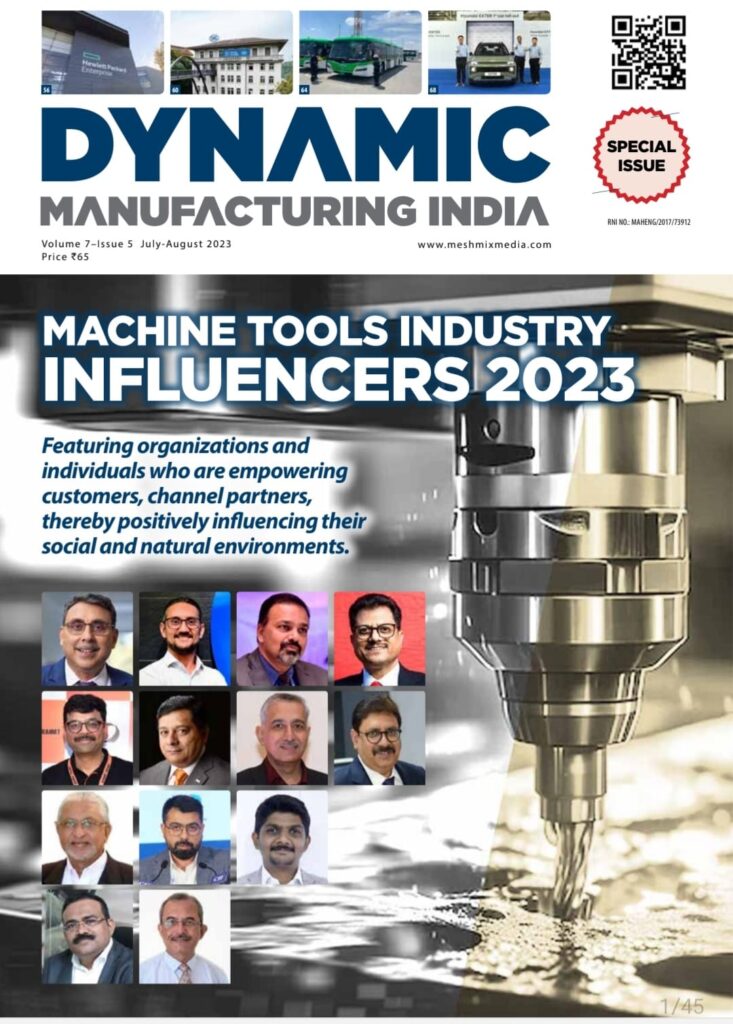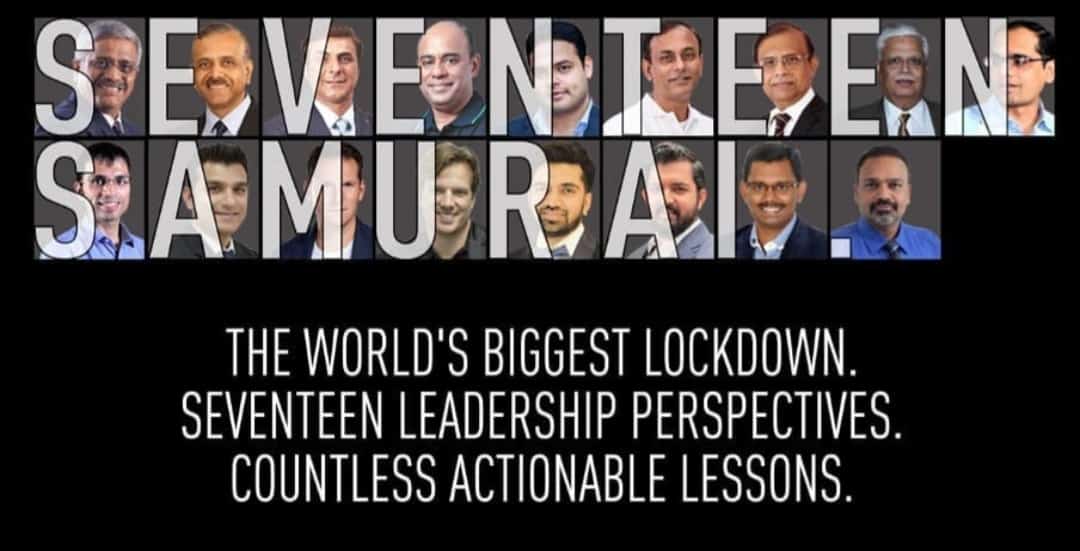To be or not to be (an influencer)
A British salesperson, whom I had met at a Mumbai expo many years ago, told me this story.
“I have seen this happening many times during my tours. Whenever an American salesman comes into the factory bearing a fresh business order, workers gather around him showering him with applause, thanking him for bringing them work security and opportunity that will help them provide for their families.
On the other hand, when a British salesperson steps onto the shop floor carrying a new business order, a murmur of disappointment sweeps through the workforce. ‘Oh, here comes more work that will keep us apart from our loved ones,’ they lament. With such a prevailing mindset, how do you suppose we can beat the Americans at this game?”
I know this is an apocryphal story, that my British friend told me to make a point about the importance of a positive work mindset.
The story has, however, stayed with me all through these years due to a different point: the attitude of an organization – whether American, British, or Indian – toward sales-and-marketing people, or more precisely, toward the function of sales and marketing.
Since this magazine primarily speaks for the machine tools sector, I will approach this point from the industry’s perspective. In the manufacturing sector, B2C companies are the most enthusiastic adopters of sales and marketing practices, and rightly so. These practices are the lifeblood of B2C companies. They must employ persuasive advertising and social media presence to cut through the noise and grab market share.
B2B companies take a more stoic route. Why shouldn’t they? Their order pipelines are more relationship-driven, nurtured over several months and years into enduring partnerships. Why must they make sales and marketing a priority?
They must. Because markets – and with them consumers – are changing. And changing fast.
In today’s hyper-connected, fast-globalizing markets, B2B companies can no longer afford to be passive. Ignoring marketing and sales innovation leaves them vulnerable to more agile, adaptive global competitors.
Being an industry influencer – the topic that this issue focuses on – is an important step in this direction. Otherwise, how else do you suppose our machine tool companies can beat the global competitors at this game?
Editorial Dynamic Manufacturing India By Editor in Chief – Aanand Pandey

E copy of the magazine – https://www.machineinsider.com/machine-tools-industry-influencers-2023/



